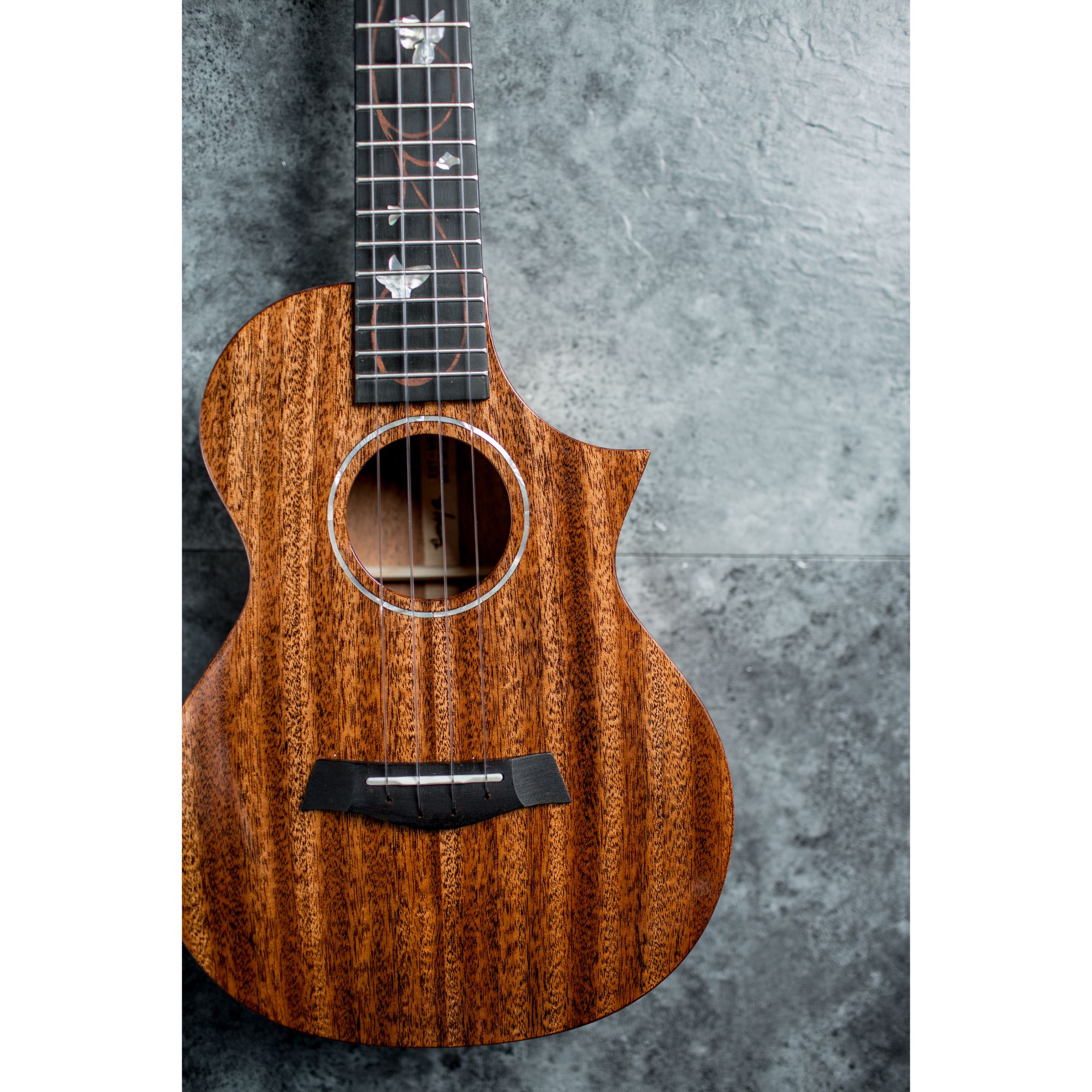Playing The Ukulele Music Can Produce Positive Changes To Life
Playing The Ukulele Music Can Produce Positive Changes To Life
Blog Article

In this lesson you will learn to play Amazing Grace on your ukulele. I will instruct you on how to play the melody and you will also learn to use an easy form of ukulele tablature.
The ukulele is easy to learn - Anyone who has had a child learning the violin will know the terror of practice time. It takes many months of practice for a child to produce in tune, pleasant sounding notes. This can be discouraging for both parent and child. The Ukulele for sale in uk, on the other hand, is much easier for beginners. Most children will be able to strum a chord or two within minutes of picking it up.
Record your own playing as often as you can. It's difficult to play and listen at the same time. Quite often just noticing what you're doing wrong is enough to fix the problem.
At this stage, knowing some chord theory is useful. Learning the harmonized major scale will mean you can quickly assess whether a chord is likely to be major, minor, seventh etc.
The A7 chord is another standard Ukulele chord that can be played using just one finger. You need to place your index finger (or pointer if you prefer) on the first fret of the C string (the second string down). The A7 chord makes for a great substitute for the A chord in songs that are in the key of D.
Why is it so easy to play? Well because of the way it is tuned Ukulele for sale you usually have to hold down one or two strings and strum and you have music. But even better is you can just fiddle with it and make pleasing music, Discover and no more intermittent screeches or dribbles.
These fingerings will help you as you play in many ways. With one finger taking care of one fret each you will not have to look at your fingers as much as you will feel your way around on the fretboard better.
This means that the first string is tuned to an A, the second string to an E, the third string to C and the fourth string to G. All of these notes are on the middle octave of a piano if you happen to have one around.